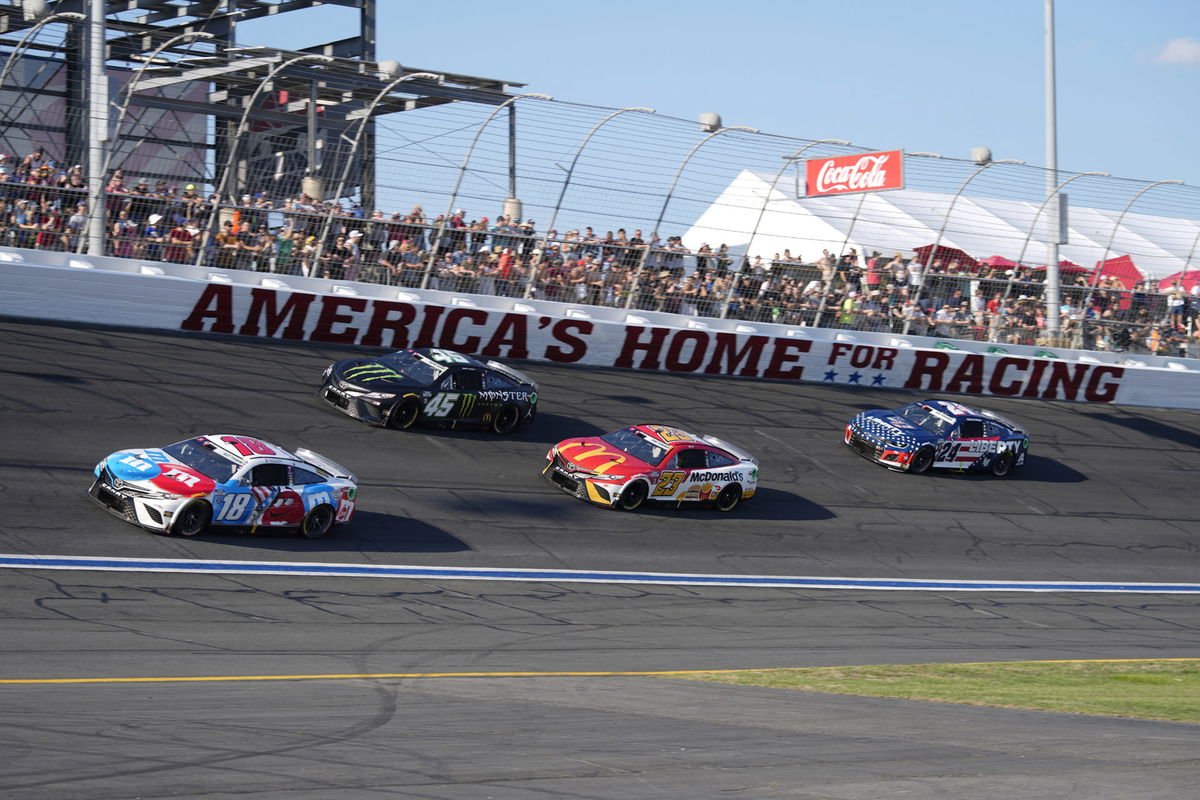
Imago
May 29, 2022; Concord, North Carolina, USA; NASCAR Cup Series driver Kyle Busch (18) leads NASCAR Cup Series driver Kurt Busch (45), NASCAR Cup Series driver Bubba Wallace (23) and NASCAR Cup Series driver William Byron (24) during the Coca-Cola 600 at Charlotte Motor Speedway. Mandatory Credit: Jasen Vinlove-USA TODAY Sports

Imago
May 29, 2022; Concord, North Carolina, USA; NASCAR Cup Series driver Kyle Busch (18) leads NASCAR Cup Series driver Kurt Busch (45), NASCAR Cup Series driver Bubba Wallace (23) and NASCAR Cup Series driver William Byron (24) during the Coca-Cola 600 at Charlotte Motor Speedway. Mandatory Credit: Jasen Vinlove-USA TODAY Sports
Although NASCAR doesn’t have a big, fat rule book, each rule is indeed crucial in deciding the result of the race. And it seems like a big chunk of these rules revolve around the restart zones across the three top-tier racing series of NASCAR. Every restart is important. It allows the drivers to turn the odds in their favor and gain stage points. However, in January, NASCAR announced a new rule that altered the nature of NASCAR’s road course races.
Watch What’s Trending Now!
The officials had declared that there would be no stage breaks for all Cup Series, Truck Series, and Xfinity Series street circuits. They believed that the teams could use an array of new pit strategies with the newest change in the rule. Yet, for the first time in a year, the Bank of America Roval 400 will witness a race with stage breaks. And the comeback of that rule saw its consequences play out during Saturday’s Xfinity race at the ROVAL.
ADVERTISEMENT
Big Machine Racing driver revealed the problem with stage breaks in road course races
Not only did NASCAR introduce stage breaks, but it also changed the restart zone for the closing round of 12 races of the 2023 Xfinity Series. The restart zone will fall back at the exit of the front stretch chicane rather than the oval portion of the ROVAL. But why such a sudden change in the restart zone? One might ask.
It goes without saying that a popular sport like NASCAR will not merely enforce a rule without checking its viability. After experimenting in Portland, Indianapolis, and Chicago, NASCAR authorities decided to repeat the same this weekend. However, due to that, the drivers had to go all the way back to the exit of the front stretch.
Despite restarting 15th, it appeared to Parker Kligerman that he was restarting from further behind as the restart zone had moved back a lot. The driver-turned-analyst-turned-driver explained, “It actually happens far from the restart zone. So if you are further back, you are starting way from the back. And you’re just having a tonne of speed and braking…which is just… It’s a wild affair.”
ADVERTISEMENT
Parker Kligerman and Cole Custer give their thoughts on the new restart zone in the chicane for the Charlotte road course. pic.twitter.com/dOIgJYjppM
— Bob Pockrass (@bobpockrass) October 7, 2023
“Like every time, we had to take stage points and go at the back,” he added, laughing. It is true that these rules could be a tad inconvenient for the drivers to adjust to, but NASCAR explained why they would be beneficial in the long run.
ADVERTISEMENT
Watch this story: NASCAR’s Future: A Power Struggle Brewing?
Top Stories
Jimmie Johnson Caught at Center of Fan Storm as NASCAR Controversial Rule Sparks Daytona Backlash
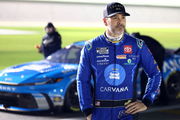
Cup Legend to Step Down From His Role as NASCAR Organization Names New Executive Leader
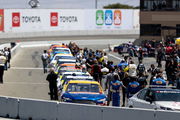
Dale Jr Breaks Silence on His Media Empire ‘Agony’ as He Finally Snaps Back at Fan Expectations

Coach Gibbs Pulls the Trigger on Massive JGR Sale, Triggering $25M Shake-Up in Charlotte
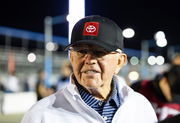
NASCAR Insider Shatters “New Era” Narrative, Warning Steve Phelps’ Exit Could Destabilize the Sport After Brutal Trial Fallout
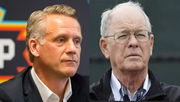
NASCAR Sr. VP Competition explains the reason behind the adjustments
According to tobychristie.com, Elton Sawyer, Senior Vice President of Competition for NASCAR, declared that NASCAR would throw full-fledged cautions at the end of Stage 1 and Stage 2. This would allow the pit strategies of the teams to play out seamlessly, simultaneously allowing them to win stage points. Sawyer mentioned, “We want to make sure that throughout the playoffs, in the 10-race Cup Series Playoffs, we wanted to make sure that we were officiating across the board the same way. Now we will be; all of our races will have caution stage breaks, including the ROVAL here in a few weeks.”
ADVERTISEMENT
The Sr. VP of Competition also reflected back at a race at Indianapolis Motor Speedway a few years ago and stated that a late-race restart had put the drivers in a very daunting spot, where they had to go even 5 or 6 wide.
Also at Charlotte road course, drivers will run the chicanes when coming to the restarts (they haven’t in past). This is where restart zone will be on frontstretch chicane. Tbd on how the Geico branding looks. pic.twitter.com/SZ4SFTaYih
— Bob Pockrass (@bobpockrass) September 12, 2023
As much as that might sound thrilling, the risks of crashes do not lie far behind. Sawyer said, “…it also becomes a bad spot for them and can tear up a lot of vehicles, and end up with multiple overtime restarts.” Do you agree with NASCAR’s reasoning behind the pair of newly enforced rules? Let us know what you think.
ADVERTISEMENT
Read more: How Charlotte Roval Could Unsettle NASCAR Playoffs Dynamic Amid Looming Desperation to Survive
ADVERTISEMENT
ADVERTISEMENT
ADVERTISEMENT

